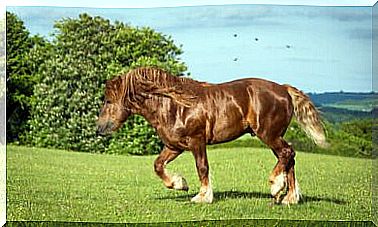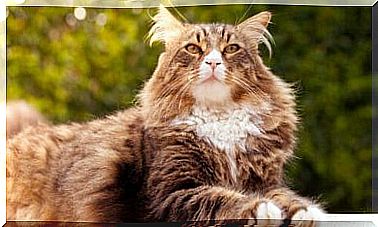Four Fox Breeds You Should Know
Foxes are animals that are very present in fables, legends and tales. They are also admired and feared in the countryside. They used to be appreciated for their cunning. However, we usually only know one breed of fox, so today we want to talk about four breeds of fox you should know about:
Fox breeds: the main characteristics
Foxes are mammalian animals that live all over the planet, and so they inhabit almost all continents and environments, and each breed has evolved to adapt to its habitat. They belong to the family of canids , therefore, they are related to wolves and dogs.
They are carnivores and very intelligent, and it is common to find a way to sneak into the chicken coops to be able to hunt without effort. Unlike wolves, they prefer to hunt alone and do not usually form flocks .
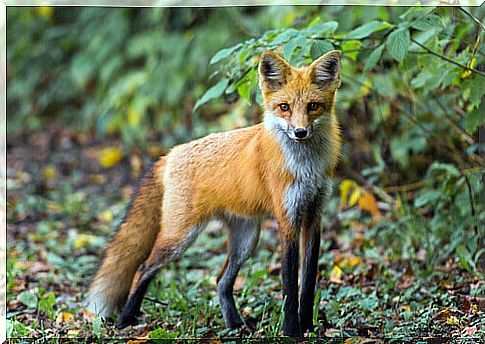
Physical characteristics also change according to the breed in question, although we can generalize and say that foxes have in common large triangular ears in relation to their head, and a thick, long-haired tail.
common fox
The common fox is the breed of this species that we know best. She is also called the “red fox” because of the color of her coat, although in fact, they can have more colors ranging from brown to gray.
It is possible to find red foxes throughout the northern hemisphere of the planet, although it has also been artificially introduced into Australia. she can live in woods , prairies, on the tundra and even in coastal areas.
gray fox
The gray fox is one of the fox breeds that live in America. They live from southern Canada to Venezuela. Its size is similar to that of a coyote, but it has wider ears and shorter muzzle and legs. Its back is grayish in color, but still retains parts of the hair (face, throat and chest) reddish.
polar fox or arctic fox
As its name implies, it lives in the closest areas to the north of the planet. inhabits the tundra from Europe and North America, and burrows in the ice walls.
Its ears are smaller than those of other fox breeds and its coat is denser to be able to withstand the low temperatures of its habitat.
Arctic foxes have two types of coat: during the summer they are purely white, but during the winter they become brown or gray. It is a coloring characteristic of many cold-adapted breeds of animals: the ears, feet and face become darker in color to attract sunlight, thus capturing more heat.
It is one of the few arctic animal species that is not in danger of extinction. Their hunting was regulated or prohibited, although clandestine hunting continued to exist ; its fur is much appreciated, but there are strict laws that protect this fox.
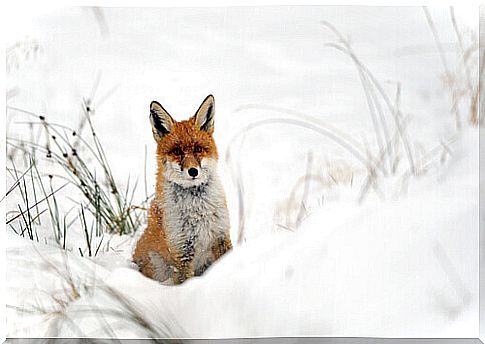
Fenugreek or desert fox
The desert fox or fenugreek is one of the lesser known and rarest fox breeds. As its name implies, it lives in the desert, more specifically north of the Sahara, and spreads to the Sinai Peninsula.
It is very small in size compared to the rest of the fox breeds. She has disproportionately large ears compared to her head, but this helps them beat the heat. The tail is long and furry, and the feet are covered with hair, which protects them from the burns caused by the hot sand.
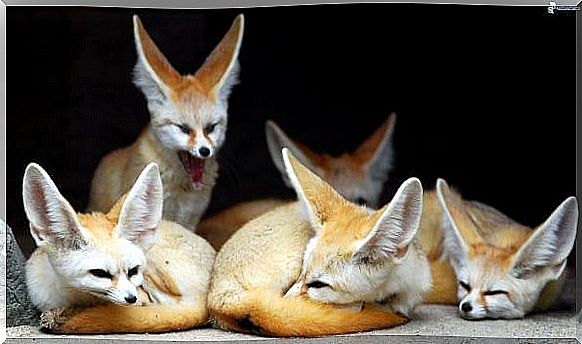
They are small, but capable of jumping up to two meters high to hunt prey. are hunters nightly and feed mainly on rodents, birds and rabbits, although they were caught eating insects and eggs. Unlike other fox breeds, fences do usually live in small social groups.
They are not considered to be in danger of extinction, but it is known that their population decreases each year. This is mainly due to the destruction of their habitat, so there are organizations trying to protect the areas in which they live. In this way, they want to prevent their survival from being at risk in the future.
Finally, it was proven that foxes help to maintain the ecological balance of the forests where they live. There are hunters who hunt them because of the quality of their fur, but luckily these practices have been regulated and, although the fox is not in danger of extinction, it is protected. Foxes are beautiful and necessary for the environment.





